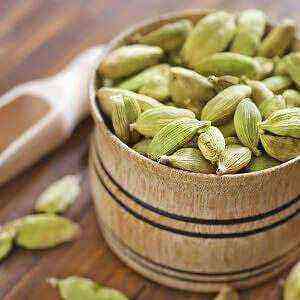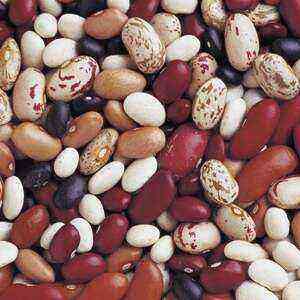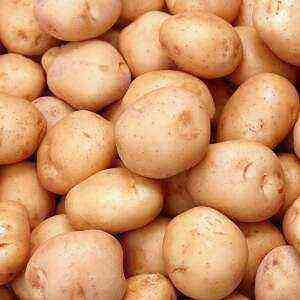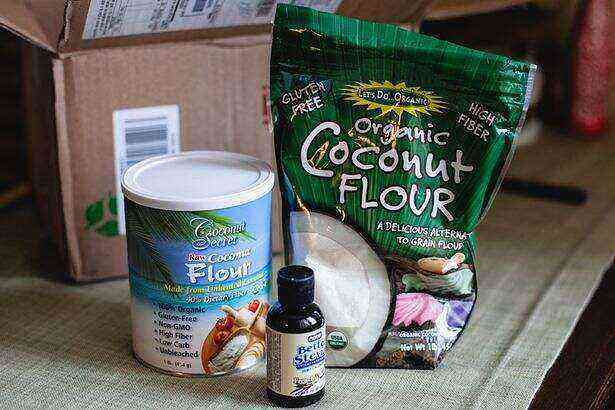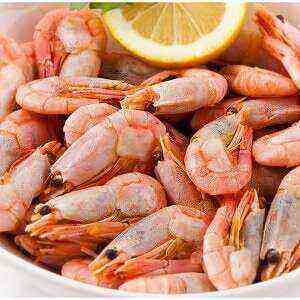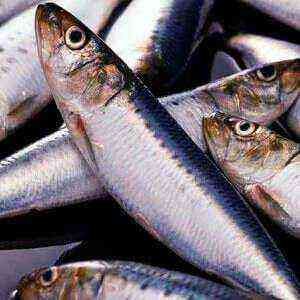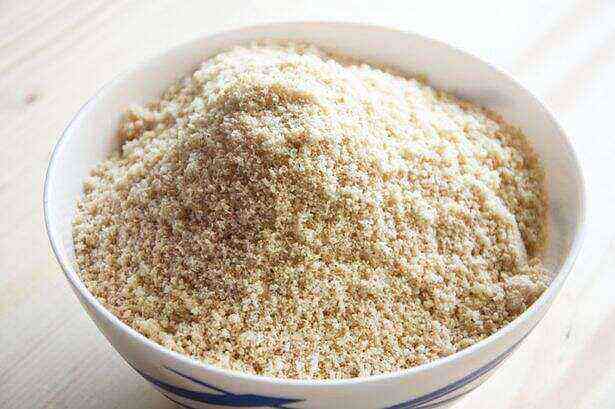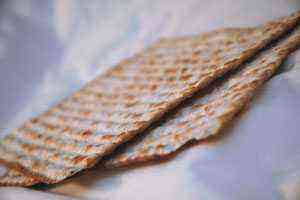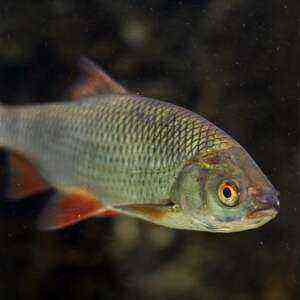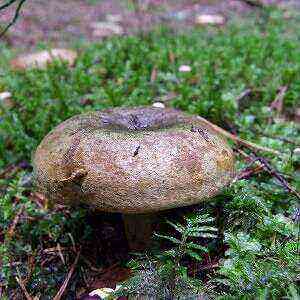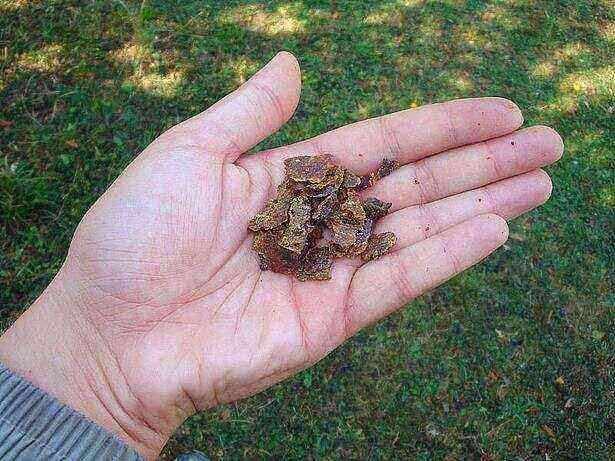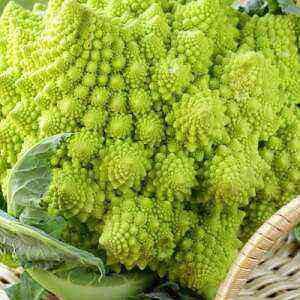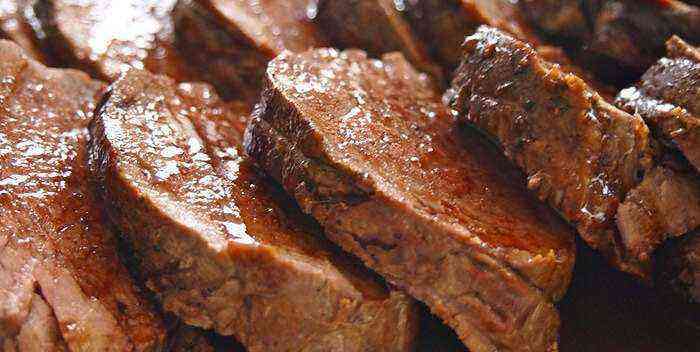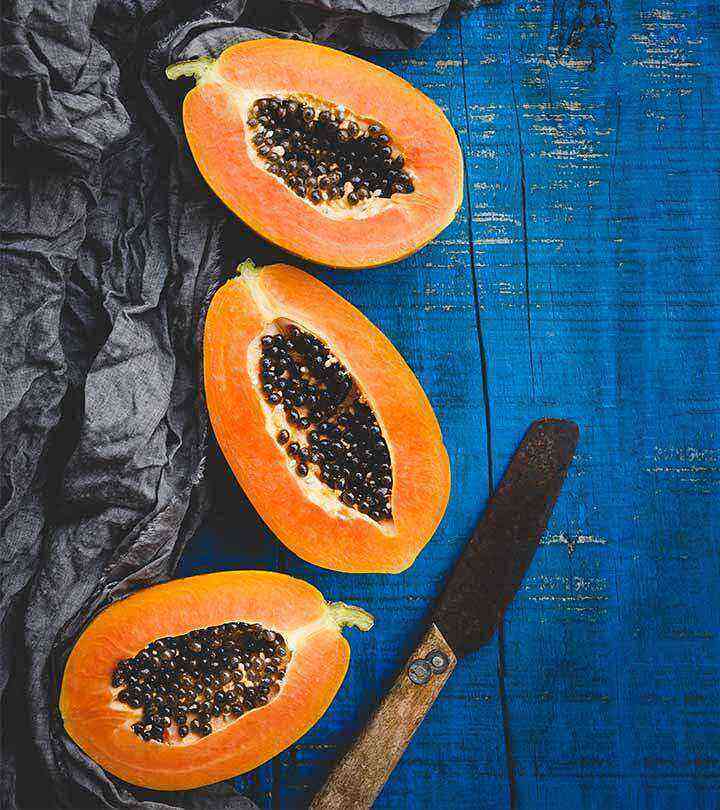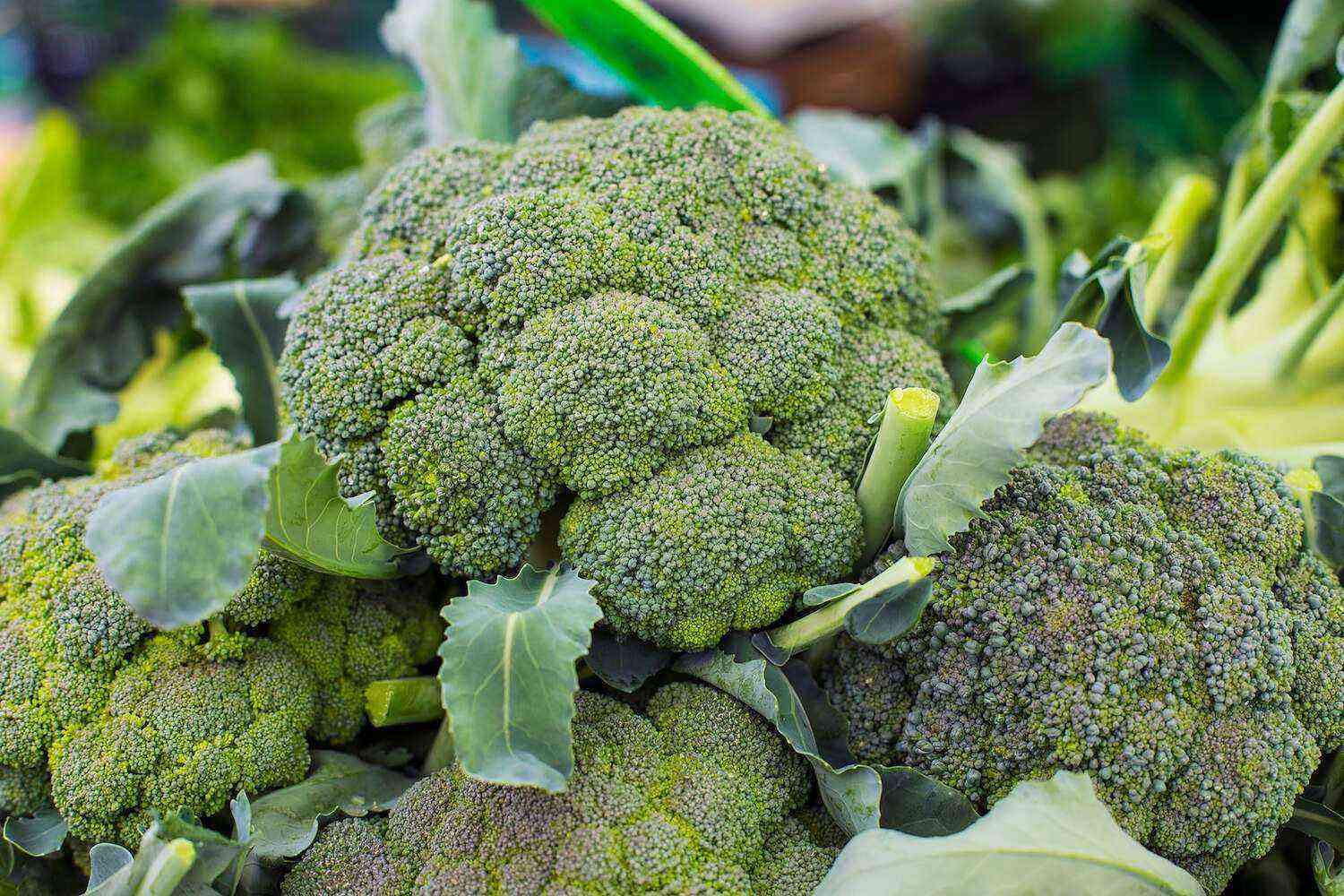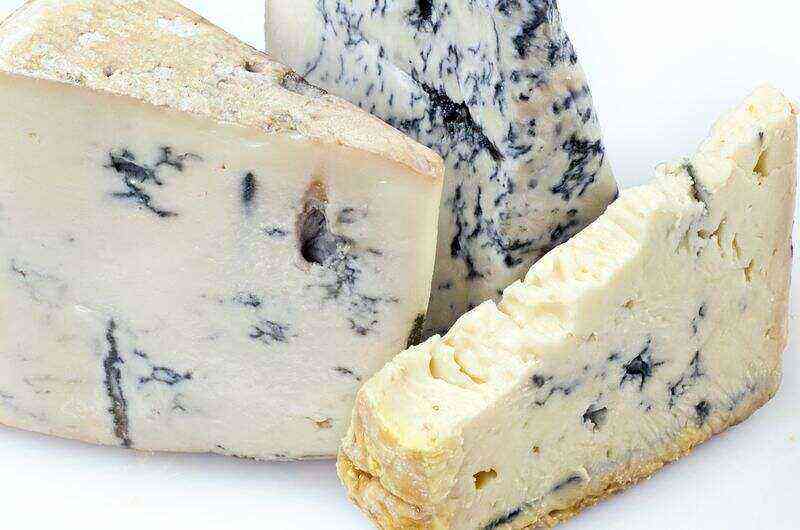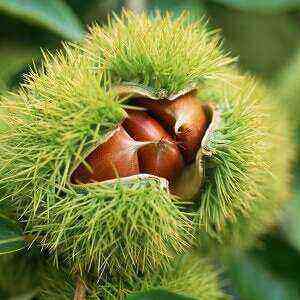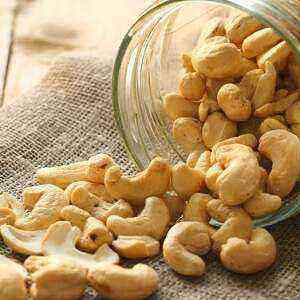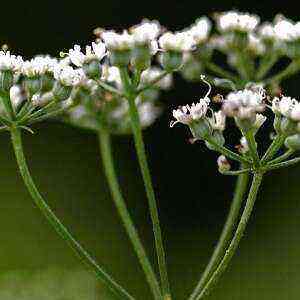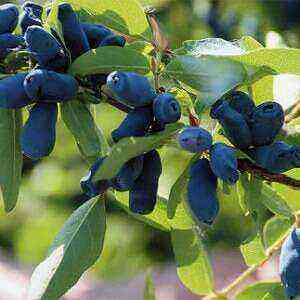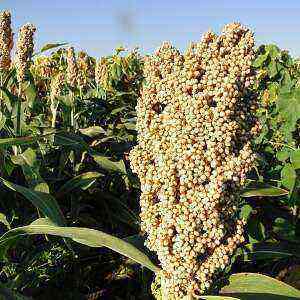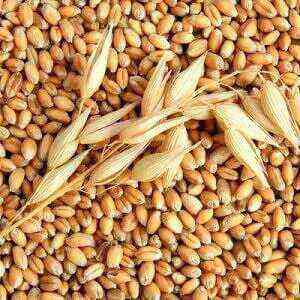
Barley was cultivated in the Middle East during the Neolithic Revolution more than 10 years ago. Grain grain is used for feed, technical, food purposes. From the kernels of plants produce pearl barley or barley groats.
The total area under cultivation of crops around the world as of 2014 amounted to 57,9 million ha. This is the fourth place in the world in the degree of cultivation of bread plants after wheat, rice, corn.
The largest producers of barley are: Russia (15,4 million tons per year), France and Germany (10,3 million tons each), Canada (10,2 million tons), Spain (10,1 million tons).
It is believed that food and drinks containing barley support the mental and physical health of a person. According to an international study, with the daily use of fish dishes and cereals, the risk of developing asthma in a child is reduced by 50%. This is due to the presence of anti-inflammatory compounds in the products: magnesium, vitamin E, omega-3.
Chemical composition
Barley is a high-calorie product. 100 grams of cereal contains 354 calories. In case of abuse of cereal grains, you can put on weight.
The chemical composition of barley depends on climatic, soil growing conditions and plant varieties. The main organic substances are carbohydrates (hemicellulose, polysaccharides, sugars, starch, fiber, pectins) and proteins (globulin, albumin, protamine, glutelin, protein nitrogen, leukosin, edestin).
The chemical composition of barley grains
Name
Nutrient content in 100 grams of product, milligrams
Vitamins
Niacin (B3) 4,604 Thiamine (B1) 0,646 Tocopherol (E) 0,57 Pyridoxine (B6) 0,318 Riboflavin (B2) 0,285 Pantothenic acid (B5) 0,282 Folic acid (B9) 0,019 Beta-carotene (A) 0,013 Phyloquinone (K) 0,0022
Macronutrients
Калий
452
Фосфор
264
Магний
133
Кальций
33
Натрий
12
Trace Elements
Железо
3,6
Цинк
2,77
Марганец
1,943
Медь
0,498
Селен
0,0377
Barley grains are a vitamin-mineral complex. Cereal contains proteins that are completely absorbed by the human body and are superior in nutritional value to wheat. The composition of the culture includes phosphorus, which improves metabolism and brain function, as well as natural antibacterial substances lysine and hordecin, which have a pronounced antiviral and antifungal effect. Due to the abundance of fiber with a minimum amount of starch, cereal belongs to the category of dietary products, it is useful for obese and allergic people, diabetics.
Effects on the body
Digestive tract
Barley is a source of soluble, insoluble fibers that create a favorable environment for the growth of beneficial microflora in the intestine. This helps to eliminate constipation, normalizes stool, which in turn reduces the likelihood of developing hemorrhoids and colon cancer.
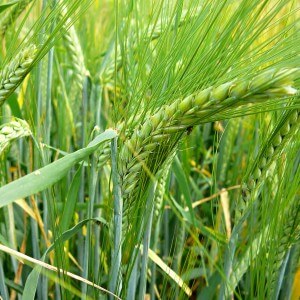
Endocrine system
Dietary fiber from this cereal reduces blood sugar, suppresses appetite, improves metabolism, which increases the body’s sensitivity to insulin. Scientists have concluded that barley reduces the likelihood of developing diabetes.
The cardiovascular system
Barley contains beta-glucan and propionic acid, which lower cholesterol. According to the experimental data of the American Heart Journal, in women after 45 years of age who are in the postmenopausal stage and consuming cereals at least 6 times a week, the formation of plaques on blood vessels and the course of atherosclerosis slowed down.
The urinary system
According to the results of the Nurses Health Study, which lasted 16 years, with the regular use of whole grains of barley (preferably for breakfast), the appearance of stones in the gall bladder can be avoided.
In addition, it was found that dietary fiber of cereals reduces triglycerides, accelerates the transit of food through the intestines, stimulates the secretion of bile acids, which ultimately reduces the risk of stone formation in the organs of the excretory system.
Against Cancer
The composition of the cereal culture includes plant lignans that protect the human body from malignant neoplasms of the prostate, breast and hormone-dependent types of cancer. People with elevated levels of phenolic compounds in the blood are less likely to suffer from oncology.
Skin and bones
Barley is a supplier of B vitamins, calcium, manganese, copper, selenium and phosphorus. These nutrients preserve skin elasticity, protect it from the harmful effects of environmental factors, and are necessary to maintain a healthy metabolism and fight osteoporosis and arthritis.
Harm
Barley porridge is well absorbed by the human body. She is absolutely harmless. An exception is individual intolerance to the product and diseases of the stomach, intestines in the acute phase. When abuse of barley porridge increases the risk of rapid weight gain.
Barley broth

- inflammation of the biliary tract;
- respiratory organs: tonsillitis, bronchitis, pharyngitis, tuberculosis, pneumonia;
- diabetes mellitus;
- diseases of the kidneys, bladder, gastrointestinal tract (gastroduodenitis, cholecystitis, ulcers, colitis);
- dysbiosis and constipation;
- cirrhosis of the liver;
- skin diseases: acne, urticaria, eczema, herpes, furunculosis;
- heart pathology, impaired vascular patency: hypertension, varicose veins, tachycardia, arrhythmias, atherosclerosis.
Barley decoction is an excellent preventive measure for strokes and heart attacks. The drug cleanses the body of toxins, toxic substances, cholesterol, has an immunostimulating and general strengthening effect. Barley broth increases lactation in nursing women, makes cartilage and bone tissue stronger, relieves dry cough, reduces stomach acidity, and has antipyretic properties. When applied externally, the cereal prolongs the youthfulness of the skin, resists the appearance of premature wrinkles, moisturizes it, maintains firmness and elasticity, slowing down the aging of the dermis.
To prepare a healing broth 200 g of barley grains, pour 2 liters of warm water, leave for 6 hours. After the specified time, put the pan on fire, boil the cereal for 15 minutes after boiling. Turn off, cover, insist 30 minutes, strain. Method of use: inside 50 g before meals 3 times a day. To improve the condition of the skin, the cotton pad is moistened in barley broth, and the problem areas are wiped 2 times a day.
Barley Extract in Cosmetology
The composition of cereals includes the most important components that provide moisturizing, nourishing, calming, cooling and refreshing effects on the skin. These include: vitamins (folic acid), amino acids (aspargin, glutamine, proline, leucine), phytohormones, macro- and microelements (silicon, sulfur). Due to this, barley extract is used as a part of face masks and creams. In some complexes, it serves as a protective agent that increases the density of the dermis (due to the activation of collagen synthesis) and protects skin cells from the negative effects of ultraviolet radiation.
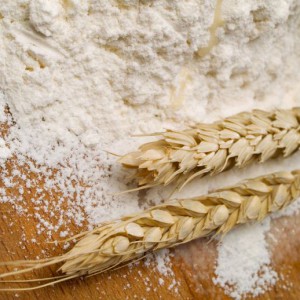
Barley starch deserves special attention; its action is similar to oatmeal powder, despite the fact that in cosmetics it performs an auxiliary function – a visual, sensory modifier. Smooth, even, ultra-fine particles leave a pleasant feeling on the skin. Thanks to this, cereal starch serves as an ideal component of decorative cosmetics, namely, matting products (powder).
Effects of using barley extract products:
- moisturizing the skin;
- rejuvenation and regeneration of the dermis;
- removal of irritation and inflammation;
- hair loss prevention.
Barley-based cosmetic products (masks, creams, lotions, gels, sunscreens, and after-shave serums) are recommended for the care of irritated, aging, sensitive and dry skin.
According to the approved data of the European Union Regulation, the concentration of this component in the finished products is 5-10%.
Sources of extract
For the production of cosmetics barley Hordeum vulgare is used. Raw materials (grains and sprouts) are collected in ecologically clean areas away from industrial enterprises, highways, settlements. Grain goes through 5 stages of processing. It is subjected to grinding, extraction, curing, moisture removal and drying. To obtain extract extracts, low-temperature technology is used to ensure the preservation of biologically active components of the plant.
Liquid extract – a solution with a characteristic smell of cereal, it stains cosmetic products in light green color.
Also, lyophilized powder is obtained from the juice of barley sprouts, which is introduced into the composition of dermal care products.
Cooking application
In the food industry, all parts of the plant are used. Whole grain, peeled from fiber husks, serves as a source of vitamins, nutrients. Pearl barley porridge is prepared from it.
Young shoots of a plant (barley grass) are considered one of the most balanced products in nature, since they retain all the usefulness of the product. In addition, green sprouts contain much more chlorophyll than grains. This means that they protect the human body from harmful toxins much more efficiently than nuclei. Plant materials are harvested after emergence and up to the moment when the length of the shoots does not exceed 30 cm in height. As a rule, this period does not exceed 200 days.
Barley grains are used to make jelly, stew, kvass, vinegar, beer, soups, cereals and pastries. It is noteworthy that cereal cereal in the process of cooking is 3 times increased in volume.
Pearl barley is made from barley. Interestingly, its name comes from the word “perle”, which means a pearl. Barley received this name due to the production method. In order to make groats from barley grains, the outer shell is removed from them, the core is polished. After cleaning the cores from flower films and grinding them to medium size, light particles resembling “pearls” are obtained at the output. Pearl barley is sold in the form of flakes or whole grains.
To improve the taste of porridge, it is prepared not on water, but on meat or chicken broth, milk, flavored with pepper, turmeric, salt or sugar. However, before heat treatment of the grain should be carefully sorted, remove vegetable debris, stones.
How to cook porridge
Pour barley groats into a sieve, rinse under water. Pour the grains with liquid, observing a ratio of 1: 2,5. Put the pan on the stove, cook for 35 minutes under the closed lid, reducing the heat. 10 minutes before making porridge, add salt, butter, mix. Remove the pan from the heat, wrap in a terry towel for evaporation, leave for half an hour.
Remember, the process of thickening the porridge indicates that it is almost ready. In this case, it is required to reduce the fire, stir it periodically so that it does not burn. The cereal is boiled until the liquid is completely boiled away.
To improve health, it is recommended to use barley porridge 3 times a week for 200 g (portion).
cooking recipes
“Kvass from barley”

- sugar – 50 g;
- barley – 500 g;
- water – 3l.
Method of preparation
Rinse barley. Mix all ingredients in a three-liter bottle. Put the jar in a warm place to start the fermentation process. Insist at least 4 hours. The longer the drink wanders, the more acidic and sharper the taste of kvass will be. Strain, refrigerate.
“Kutia with barley”
Ingredients:
Cooking principle
- Sort barley, remove spoiled grains, rinse, pour water overnight. Boil porridge in the morning until cooked.
- Rinse dried fruits, throw in boiling water, boil for 15 minutes, insist 3 hours.
- Steam poppy with hot water, leave to swell for 30 minutes, grind in a mortar with sugar until milk appears.
- Chop nuts.
- Steam raisins for 20 minutes.
- Combine all ingredients, mix.
“Homemade beer”
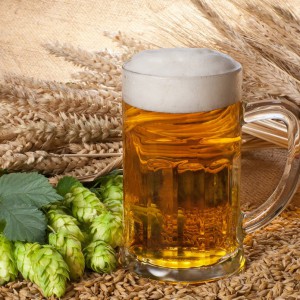
- yeast – 50 g;
- barley grain – 600 g;
- sugar – 200 g;
- water – 5,5 l;
- hops – 1200 g;
- crackers.
Method of preparation
- Fold the barley grains in a jar and add water. Leave for 2 days. Change the water every 12 hours.
- Drain, decompose grains, germinate them for 4 days, turning 2 times a day.
- After the appearance of sprouts up to 1,5 cm, dry the raw materials in a natural way or in a dryer at a temperature of 75 degrees.
- Grind the grains in a coffee grinder, pour 1,5 liters of hot water, wait 1 hour. Filter out the liquid, but do not pour out.
- Add crackers to the malt, pour 4 liters of boiling water, leave for 1 hour.
- Express the second infusion, mix with the first. Leave the resulting solution for 30 minutes, boil again for 20 minutes. Introduce hops, boil for another 10 minutes.
- Cool the drink. Strain, add sugar, yeast. Mix contents, place in a cool place for fermentation. This process lasts 3 days.
- Pour beer into bottles, put in the cellar for 14 days for ripening.
Risotto with Barley
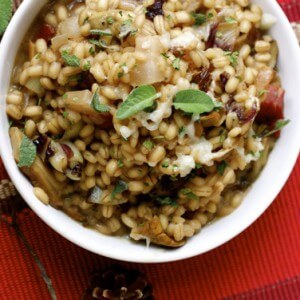
- leeks – 2 stalks;
- asparagus – 450 g;
- olive oil – 30 ml;
- mint leaves – ¼ cup (chopped);
- barley – 200 g;
- green peas – 300 g;
- dry white wine – 100 ml;
- water – 400 ml;
- Parmesan – 50 g;
- vegetable broth – 500 ml;
- salt pepper.
Cooking description
- Cut leek into rings.
- Heat oil, add onion and barley grains, fry for 6 minutes until soft.
- Introduce water into the hot mass, salt and pepper. Cook until complete absorption of the liquid, at least 10 minutes.
- Pour the broth and wine, simmer over the fire stirring, about 10 minutes. Barley should become tender. Add asparagus and green peas, cook for 5 minutes.
- At the final stage, 2 minutes before the end of cooking, add parmesan and mint into the risotto. Dish with salt and pepper.
Conclusion
Barley is a plant of the family of cereals, which includes 30 species. The most common is ordinary barley. This variety is used in the food industry and traditional medicine around the world.
Agricultural cultivation of crops began more than 10 years ago. Initially, cereals were used for baking bread, creating beer. Today it is used for the production of pearl barley and barley groats. Porridge is used as an independent side dish, on the basis of which they prepare casseroles, first courses, fillings for pies. Barley dishes are well absorbed by the body, cleanse the intestines, improve digestion and metabolism, give a feeling of satiety for a long time.
A decoction based on cereals is indicated for use by people suffering from diabetes mellitus, diseases of the liver, respiratory tract, bladder, kidneys, heart. An extract is extracted from the culture, which stops alopecia, moisturizes, softens and rejuvenates the skin.
Interestingly, from the shoots of barley create a healthy cocktail “Emerald Sprouts”, which serves as a natural food supplement to a healthy diet. This drink replenishes and normalizes the balance of nutrients in the human body.
